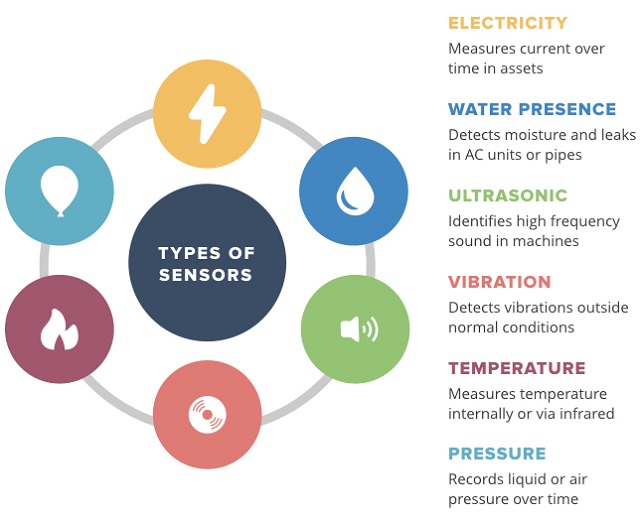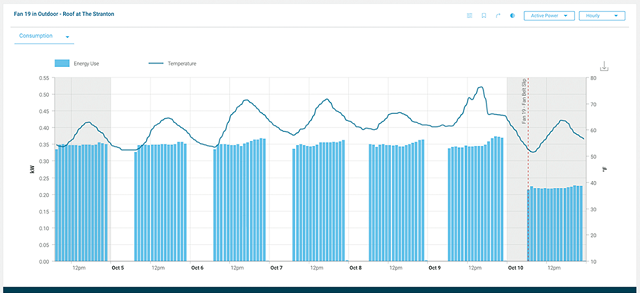Exhibition News
3 Steps to Make Smart Maintenance a Reality
Date: 2020-5-22 16:35:21
The term“smart”is used to describe a wide variety of technologies—cars, watches and even light bulbs.But it’s not always easy to know how exactly this revolution will impact you as a maintenance professional. How can you use sensors and software to take the term “smart maintenance”from buzzword to practical facility improvements?
1. Sensors: Gather Valuable Building Data with Condition Monitoring
As a facility manager, you have a wealth of useful data produced by your building every day. When collected over weeks, months and years, this historical data is the most powerful tool available.If reactive maintenance or predictive maintenance is your current strategy for handling work requests, sensor data can be the ticket to a more effective condition-based maintenance strategy.
“With cheap sensors, you’re able to monitor the condition of equipment in the building and taking the necessary maintenance actions, whether that’s an inspection or a repair, when things drift out of the Goldilocks zone of whichever condition we happen to be monitoring,” Pando says.
A wide variety of sensors are available on the market to deliver insightful data for whatever asset you want to monitor.

2. Big Data: Monitor Key KPIs with Sensor Data
Before any investment, you should determine exactly why it’s needed. These kinds of questions define the goals and identify the specific problems you want to tackle with technology.Ask yourself questions like: “Why is my maintenance team performing tasks X, Y and Z on these days for different pieces of equipment?”The answer is likely: “It’s the way we’ve always done it…because the calendar tells us when to act.”“Question those assumptions,” Pando says, “because for the first time, the technology is finally here to tell us exactly when to mobilize resources rather than sticking your finger in the air to try to tell which way the wind’s blowing.”As you break down the reasons you’re performing specific tasks, you’ll identify inefficiencies (too many emergency repairs on chiller B), which indicate data you need to track (historical energy use for all chillers, for example).
3. Predictive Analytics: Turn Your Data into Valuable Advice
Combine sensor data with a strong facility management system and you have the recipe for “just-in-time” predictive maintenance that greatly reduces costs, labor time and unplanned downtime.With calendar-based maintenance, you service an asset every 90 days, for example, because you may have best practices from the original equipment manufacturer or some historical data to guide you.Moving beyond that, sensor data offers much more historical data and early indications of problems before they occur so you only deploy resources when necessary.

In the screenshot above, we see a stream of sensor data where peaks in energy use as the temperature increases can indicate a potential failure. Pando says the technology is moving beyond just a dashboard with data, but actually recommending actions that can prevent costly problems.“Knowing exactly when equipment goes down is good, knowing why it went down is better,” he says. “Then predicting that things are more likely to fail in the very near future is best.”To get the best actionable advice from the analytics, you’ll find more success with a vendor who has experience with your type of facility.
How to Move Toward a Smart Maintenance Strategy
If you plan to improve your maintenance strategy, you must leverage the data in your building.As the technology becomes smaller, cheaper and more powerful, it’s much more feasible to collect this data, prevent expensive failures and extend the life of critical assets using sensors and facility management tools.
Just remember the three steps to success:
1.Connect the appropriate type of sensors to your most critical assets first.
2.Develop effective KPIs by reviewing common maintenance challenges and goals.
3.Find a vendor that can tailor the system to your specialization for the most useful maintenance recommendations.



